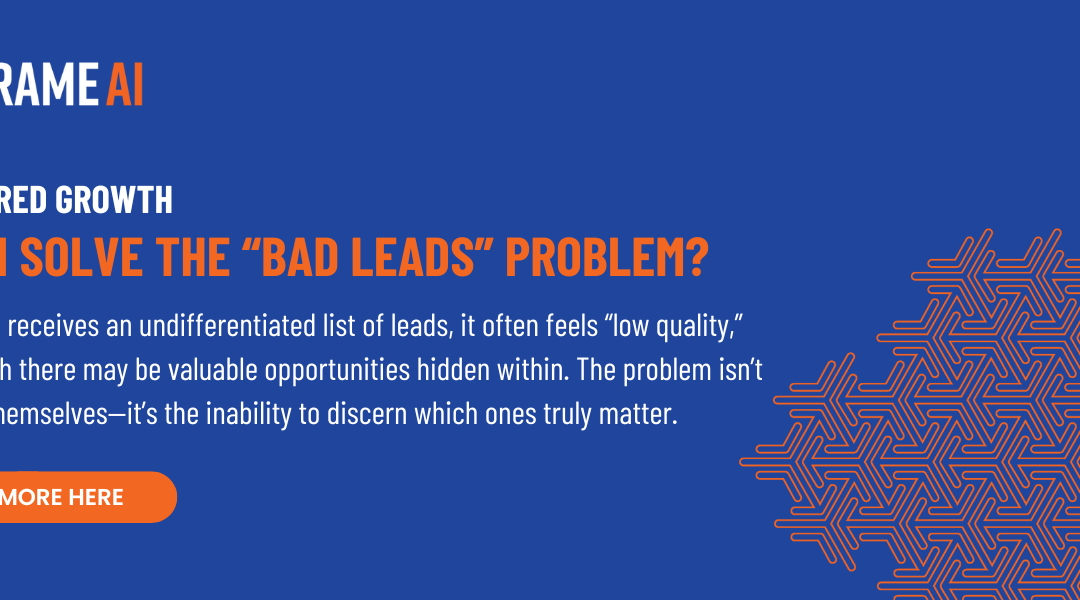While escalations are a fact of life, you’ve probably seen at least a handful of escalated cases that really didn’t need to get there. Many escalations feature issues that, in retrospect, could and should have been solved earlier and more effectively.
It’s essential to have a process that considers precisely what types of cases you need to escalate. Escalations are expensive, and it’s important to spend company resources where they are needed most.
Below, we identify three types of common escalations that may be wreaking havoc on your KPIs — the recurring issue, the long wait, and the telephone game — and how to get ahead of them with the right tools and processes.
1. The Long Wait
Sometimes, long silences aren’t just awkward. In a support context, they can be maddening for your customers. According to Forrester, 73% of customers say that valuing their time is the most important thing a company can do to provide them with good online customer service.
Imagine you’re hard at work identifying the right next step for your customer, and just as you start typing, you see a “HELLO?? I don’t have all day!” come through.
No matter how perfect your suggestion may be, the customer is now mad and from here it only gets harder to get things back on the right track.
The good news is that the long wait-driven escalation is one of the most preventable if you take the right steps.
How?
One easy fix is what we like to call “the proactive status update.” While you’re hard at work finding that perfect answer, dropping a note like the following into your chat can be a powerful preventative measure.

Over-communicating is better than under-communicating. Even if your customers don’t respond, there’s a really good chance that you have read their minds, cultivated some goodwill, and that you’ve pre-empted that dreaded “HELLO??”
Gartner says proactive customer service can increase metrics like Net Promoter Score (“NPS”), Customer Satisfaction Score (“CSAT”), and Customer Effort Score (“CES”) by a full point. When agents do the proactive status update, escalations are nearly 40% less likely.

Another tip is to prioritize cases in your queue that would classify as long waits — this way, you can get to them before they get escalated.
You could start by identifying cases with an SLA breach (and maybe start with a proactive apology!).
You can also quickly identify cases where customers feel like they’ve been waiting a while. If you’re using natural language AI, you can automatically tag cases as “long wait” based on certain combinations of phrases and frustration signals — such as “I’m still waiting,” “when can I expect…”, “taking forever,” “hello?”, and so on.
2. The Recurring Issue
Recurring issues can damage your customer relationships and your team KPIs. Not to mention the potential drag on team morale, cross-functional relationships, etc.
The recurring issue escalation is one of the most common types. You’ve seen this movie before…

Support teams often coach agents to propose an ordered set of troubleshooting steps. For example, your playbook for a case about a reporting bug might read something like this — “First, ask if the customer has upgraded to Reports v.16. Second, have the customer refresh the report UI. Third, ask the customer to…”
But if you’re that customer and your manager is freaking out, you don’t have the time to spare going through the motions again. Imagine what’s “happening again” is a report populating incorrectly. Your customer relies on the accuracy of this report to make critical business decisions. If you were your customer, would you feel good about trying the same approach and expecting a different result? Probably not.
If your triage process can meet customers right where they are and avoid repeating troubleshooting steps, your agents, team KPIs, and organization will reap the rewards.
So how do you do that?
First, identify which cases are about recurring issues.
With each case re-open or new case about the same issue, the stakes get higher. Your customer’s patience runs low, and the likelihood of anything from a bad CSAT to a churn event starts climbing — fast. So the sooner you can nip the issue in the bud, the better.
The good news is that customers often use a specific set of terms to describe recurring issues, such as “again,” “I already…”, “it’s still…”, and so on. This makes it very easy to use natural language AI to identify cases about recurring issues for you.
Once you know which cases are about recurring issues, you can prioritize them. You can then overlay additional criteria to help you prioritize, such as ranking the cases by date, predicted CSAT, or service cost.
Then, once you have agents working on the prioritized recurring issues cases, the next step is to ensure that agents are on the same page as the customer. Rather than agents start customers back at your playbook’s step 1, agents can get a sense of what the customer has already tried — customers will appreciate not having to repeat themselves and that you took a moment to meet them where they are.
Another way to avoid escalations stemming from repeat issues is to have agents explicitly ask, “did that solve your problem?” We’ve found that doing so can reduce case re-open rates (and ultimately escalation) by 48%.

If you’re using natural language AI to help you categorize cases by topic, it should be easy to do a quick sort of cases opened by that customer about the same issue.
3. The Routine Fix With the Telephone Game
A functional escalation is when a support case gets re-assigned to another agent or someone on another team who has the right expertise to solve the customer’s problem.
While sometimes, even subject matter experts need some time to assess customer issues, there’s a good chance that many of the functional escalations in your queue have a routine fix on the other end. If, for example, you’re repeatedly escalating the same bug fix to Engineering, it may make sense to train your team to address that same bug.
Reducing escalations is one of many compelling reasons to invest more resources in training agents — Zendesk says that 68% of customers feel that most businesses need to improve agent training.
Once you have identified the right issues to train your agents to fix, implementing skills-based routing can save you and your customers time and frustration by routing cases that require specific skills directly to the right agent.
Natural language AI can help you quickly understand the contents of incoming cases. For example, suppose you have a set of agents best equipped to handle cases about CRM integrations. In that case, you can use natural language AI to flag cases about CRM integrations (perhaps with a certain level of complexity score!) and make sure those agents’ eyes get on the case first.




